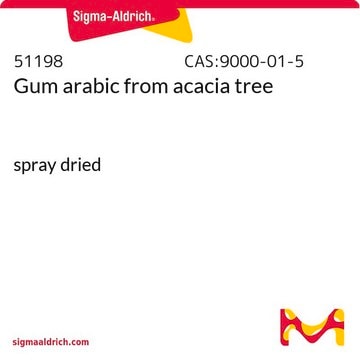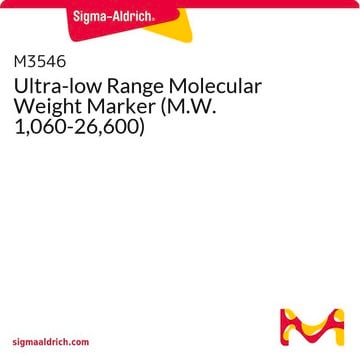W424701
Tripropylamine
≥98%
About This Item
Produits recommandés
Source biologique
synthetic
Densité de vapeur
4.9 (vs air)
Pression de vapeur
2.9 mmHg ( 20 °C)
Pureté
≥98%
Température d'inflammation spontanée
356 °F
Limite d'explosivité
5.6 %
Indice de réfraction
n20/D 1.416 (lit.)
Point d'ébullition
155-158 °C (lit.)
40-42 °C/11 mmHg (lit.)
Pf
−93.5 °C (lit.)
Densité
0.753 g/mL at 25 °C (lit.)
Application(s)
flavors and fragrances
Propriétés organoleptiques
fishy
Chaîne SMILES
CCCN(CCC)CCC
InChI
1S/C9H21N/c1-4-7-10(8-5-2)9-6-3/h4-9H2,1-3H3
Clé InChI
YFTHZRPMJXBUME-UHFFFAOYSA-N
Vous recherchez des produits similaires ? Visite Guide de comparaison des produits
Mention d'avertissement
Danger
Mentions de danger
Classification des risques
Acute Tox. 3 Dermal - Acute Tox. 3 Inhalation - Acute Tox. 3 Oral - Aquatic Chronic 3 - Eye Dam. 1 - Flam. Liq. 3 - Skin Corr. 1B - STOT SE 3
Organes cibles
Respiratory system
Code de la classe de stockage
3 - Flammable liquids
Classe de danger pour l'eau (WGK)
WGK 2
Point d'éclair (°F)
93.2 °F - closed cup
Point d'éclair (°C)
34 °C - closed cup
Équipement de protection individuelle
Faceshields, Gloves, Goggles, type ABEK (EN14387) respirator filter
Certificats d'analyse (COA)
Recherchez un Certificats d'analyse (COA) en saisissant le numéro de lot du produit. Les numéros de lot figurent sur l'étiquette du produit après les mots "Lot" ou "Batch".
Déjà en possession de ce produit ?
Retrouvez la documentation relative aux produits que vous avez récemment achetés dans la Bibliothèque de documents.
Notre équipe de scientifiques dispose d'une expérience dans tous les secteurs de la recherche, notamment en sciences de la vie, science des matériaux, synthèse chimique, chromatographie, analyse et dans de nombreux autres domaines..
Contacter notre Service technique![Tris[2-(dimethylamino)ethyl]amine 97%](/deepweb/assets/sigmaaldrich/product/structures/695/792/ee0ff167-22a3-43a7-83a1-6c4908adf0ae/640/ee0ff167-22a3-43a7-83a1-6c4908adf0ae.png)





![Dimethyloctadecyl[3-(trimethoxysilyl)propyl]ammonium chloride solution 42 wt. % in methanol](/deepweb/assets/sigmaaldrich/product/structures/334/367/56379e15-3163-4b8e-9067-c56ef8c2e741/640/56379e15-3163-4b8e-9067-c56ef8c2e741.png)





